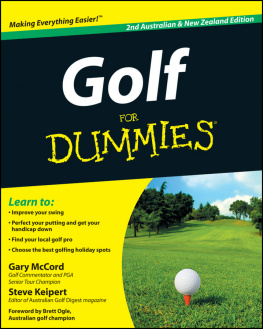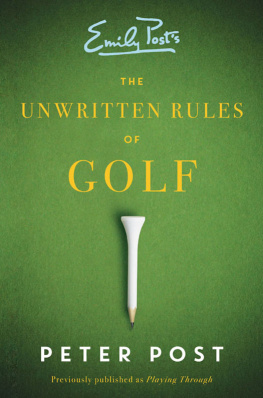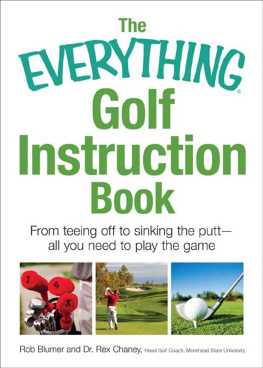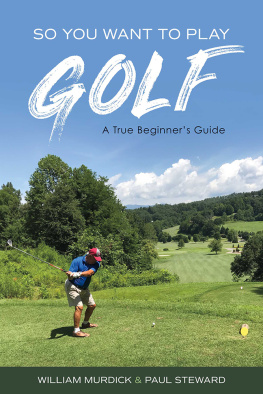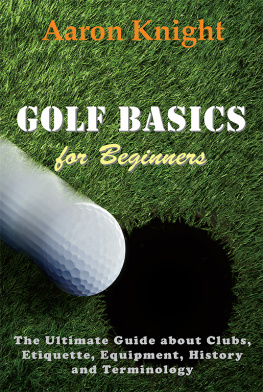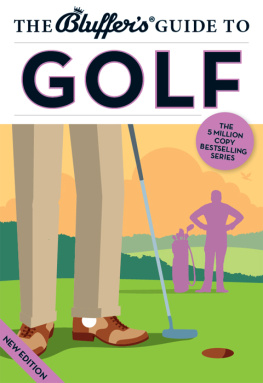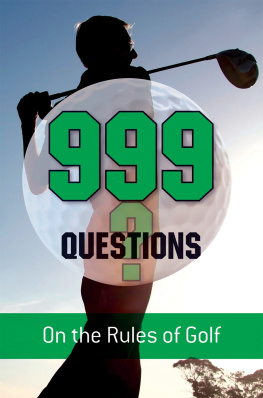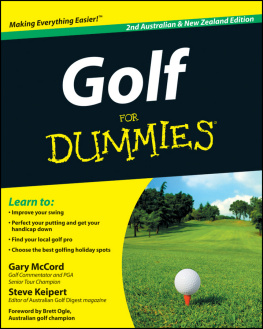
Copyright 2016, 2012 by The McGraw-Hill Companies, Inc. All rights reserved. Except as permitted under the United States Copyright Act of 1976, no part of this publication may be reproduced or distributed in any form or by any means, or stored in a database or retrieval system, without the prior written permission of the publisher.
ISBN: 978-0-07-179737-5
MHID: 0-07-179737-8
The material in this eBook also appears in the print version of this title: ISBN: 978-0-07-179736-8, MHID: 0-07-179736-X.
All trademarks are trademarks of their respective owners. Rather than put a trademark symbol after every occurrence of a trademarked name, we use names in an editorial fashion only, and to the benefit of the trademark owner, with no intention of infringement of the trademark. Where such designations appear in this book, they have been printed with initial caps.
McGraw-Hill eBooks are available at special quantity discounts to use as premiums and sales promotions, or for use in corporate training programs. To contact a representative please e-mail us at bulksales@mcgraw-hill.com.
Excerpts from The Rules of Golf are reprinted from The Rules of Golf Effective January 2016 2015 United States Golf Association, with permission. All rights reserved.
The Rules of Golf, effective on January 1, 2016, will remain current until they are next revised. Readers should refer to the full text of the Rules in the official publications, The Rules of Golf and The Decisions on the Rules of Golf, which are published by the United States Golf Association and R&A Rules Limited.
This publication summarizes some of The Rules of Golf as interpreted by the author. The United States Golf Association does not warrant the accuracy of the authors interpretations.
The author thanks Layne Williams of the Georgia State Golf Association for his assistance on the book, Warren Grant for the interior photographs, Todd Sentell for serving as the golfer, and the Atlanta Athletic Club for permission to use its golf courses as the site.
TERMS OF USE
This is a copyrighted work and The McGraw-Hill Companies, Inc. (McGraw-Hill) and its licensors reserve all rights in and to the work. Use of this work is subject to these terms. Except as permitted under the Copyright Act of 1976 and the right to store and retrieve one copy of the work, you may not decompile, disassemble, reverse engineer, reproduce, modify, create derivative works based upon, transmit, distribute, disseminate, sell, publish or sublicense the work or any part of it without McGraw-Hills prior consent. You may use the work for your own noncommercial and personal use; any other use of the work is strictly prohibited. Your right to use the work may be terminated if you fail to comply with these terms.
THE WORK IS PROVIDED AS IS. McGRAW-HILL AND ITS LICENSORS MAKE NO GUARANTEES OR WARRANTIES AS TO THE ACCURACY, ADEQUACY OR COMPLETENESS OF OR RESULTS TO BE OBTAINED FROM USING THE WORK, INCLUDING ANY INFORMATION THAT CAN BE ACCESSED THROUGH THE WORK VIA HYPERLINK OR OTHERWISE, AND EXPRESSLY DISCLAIM ANY WARRANTY, EXPRESS OR IMPLIED, INCLUDING BUT NOT LIMITED TO IMPLIED WARRANTIES OF MERCHANTABILITY OR FITNESS FOR A PARTICULAR PURPOSE. McGraw-Hill and its licensors do not warrant or guarantee that the functions contained in the work will meet your requirements or that its operation will be uninterrupted or error free. Neither McGraw-Hill nor its licensors shall be liable to you or anyone else for any inaccuracy, error or omission, regardless of cause, in the work or for any damages resulting therefrom. McGraw-Hill has no responsibility for the content of any information accessed through the work. Under no circumstances shall McGraw-Hill and/or its licensors be liable for any indirect, incidental, special, punitive, consequential or similar damages that result from the use of or inability to use the work, even if any of them has been advised of the possibility of such damages. This limitation of liability shall apply to any claim or cause whatsoever whether such claim or cause arises in contract, tort or otherwise.
This book is for the staff of the Georgia State
Golf Association and their contributions
to the game of golf.
Contents
Foreword
Raymond Floyd
At the age of 20, I won the St. Petersburg Open in 1963. That was a great start to my career as a golf professional, and I eventually won the Masters, the PGA Championship, and the U.S. Open among my other PGA Tour victories. No matter how well I played, though, if I had made mistakes regarding the Rules I would not have won. As much as a shot hit into a water hazard or a topped tee shot, a lack of knowledge about the Rules can hurt a golfers score. That was instilled in me at an early age, and it has remained important whenever I step onto a golf course.
Dishonesty is a rarity in golf. I think that I know the reason why. While there may be training aids to assist you when you practice, and anyone can benefit from good instruction and playing tips, once youre on the course you make each shot by yourself. Unless you are in a tournament, you are responsible only to yourself for following the Rules. Any golfer who takes the time and effort to learn the game, whatever that persons ability, wants to play the game as it should be playedand that means playing by the Rules.
Knowing the Rules well can also save a golfer strokes during a round. The strategic benefit of realizing your best option in any situation on a golf course may be the best reason for knowing the Rules well.
There is always room for improvement for anyones golf swing. Knowing the Rules is another aspect of preparing for a round of golf. Knowing the Rules also contributes to a golfers confidence during a round, and a good mental attitude should help a golfer make better shots. The more you know about golf the more you will enjoy every round, whether you are in contention in the final round of the Masters or trying to break 90 for the first time on your local course.
Raymond Floyd won 21 times on the PGA Tour. He played on seven Ryder Cup teams from 1969 through 1991, and he was the nonplaying captain of the 1989 U.S. team.
Foreword
Louise Suggs
I took to golf at an early age, being instructed first by my father, who himself was a good enough athlete to play professional baseball. I also had the good fortune to play with and watch Bob Jones play golf at what is now East Lake Golf Club, which in the late 1930s was the site of the Atlanta Athletic Club. He arranged for me to have playing privileges at the club. When I once asked Mr. Jones how hard I should hit the ball, he replied, Hit the hell out of it; itll come down somewhere.
I won the Georgia State Womens Amateur at age 16 in 1940, then repeated as champion two years later. I won the Southern Womens Amateur Championship in 1941 and the North and South Womens Amateur in 1942, when I was still not yet 18. At that time, prior to the formation of the Ladies Professional Golf Association, womens amateur golf attracted the best players in the game. Further evidence of how good the amateurs were is that Polly Riley, as an amateur, won the first official LPGA event in 1950, the Tampa Womens Open.
From my earliest days in competitive golf, I had to compete against and beat women with far more experience than myself. Knowing the Rules of the game and how to conduct myself on the golf course was as important as my golf swing in scoring well. If I made mistakes relevant to the Rules, penalty strokes would have spoiled my score. My fathers influence was important in this area of the game, and knowing the Rules gave me the confidence I needed to compete at the highest levels of the game.


